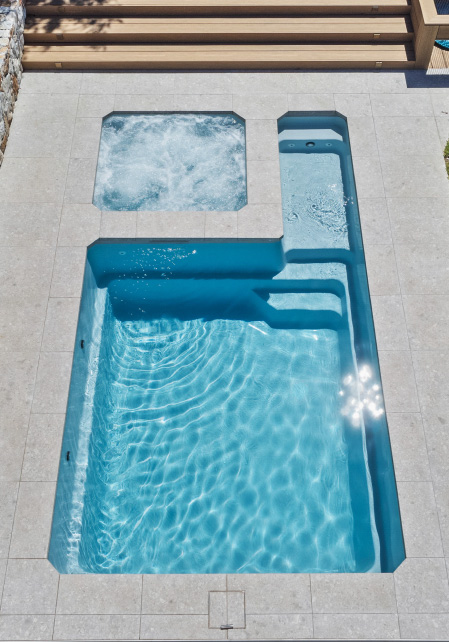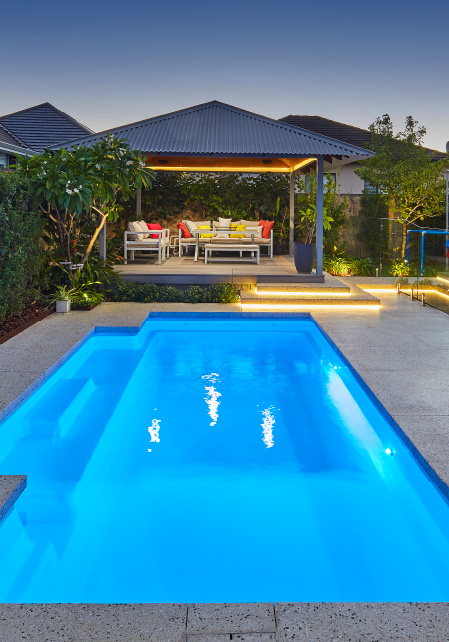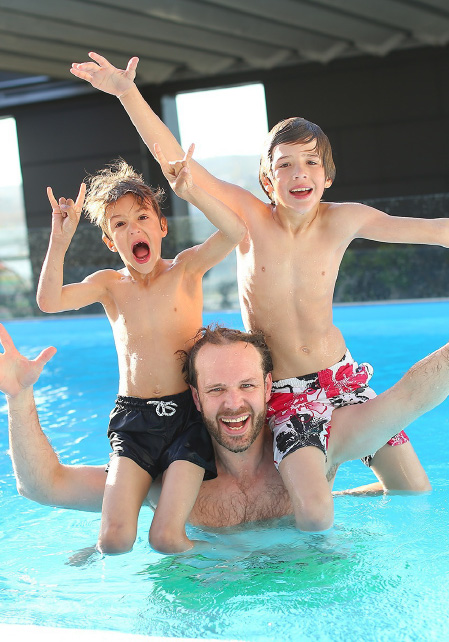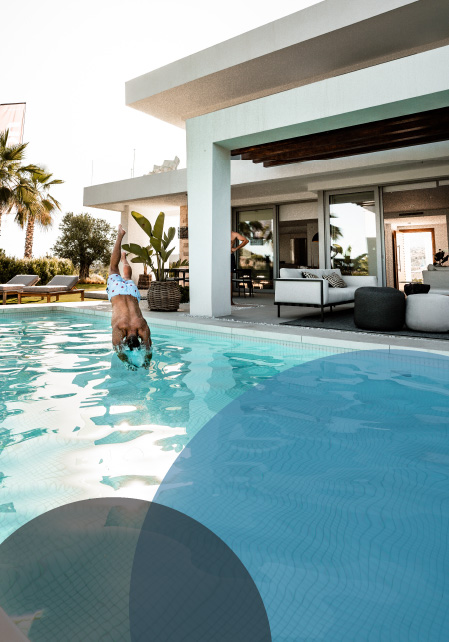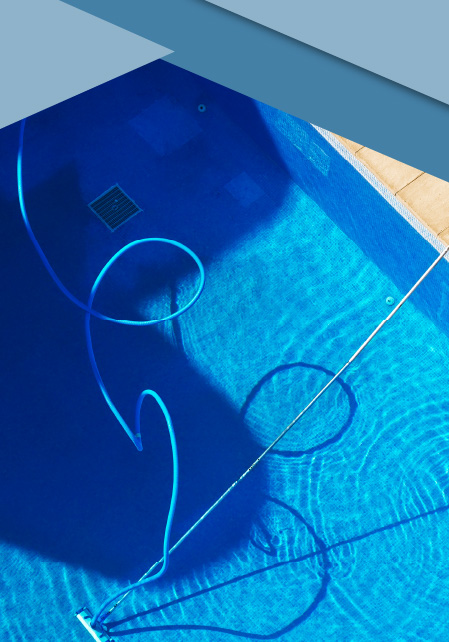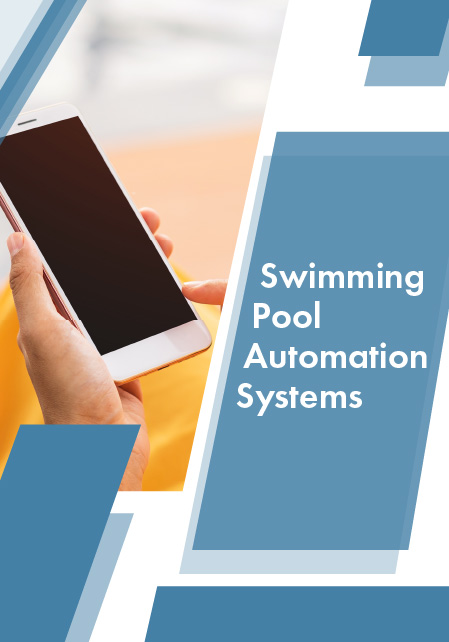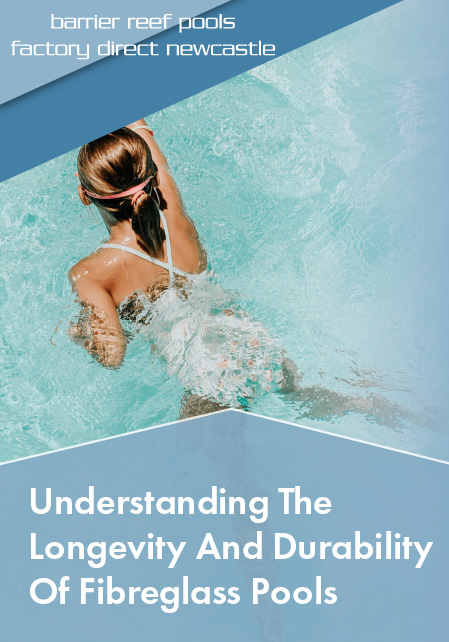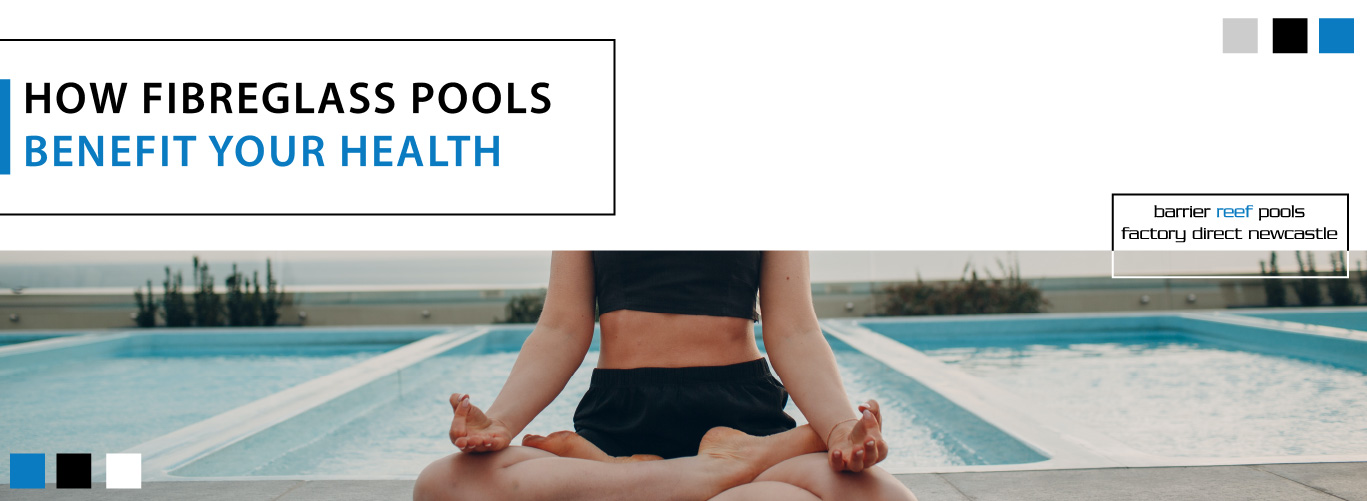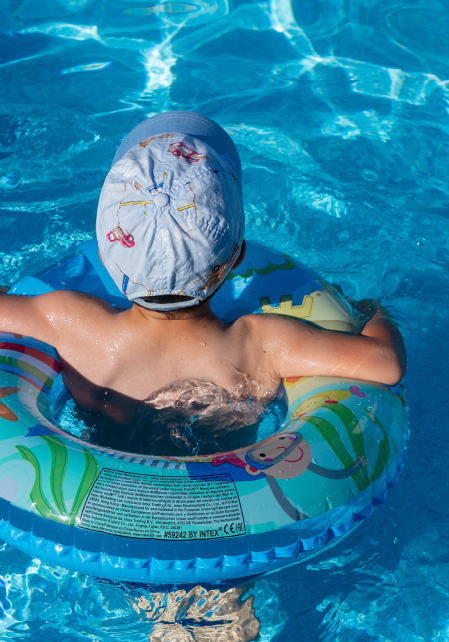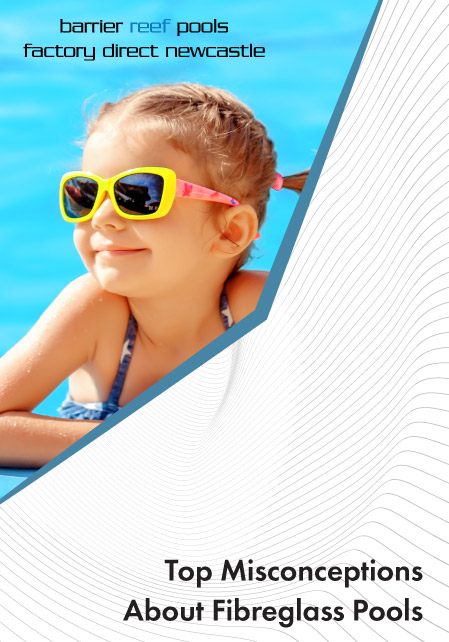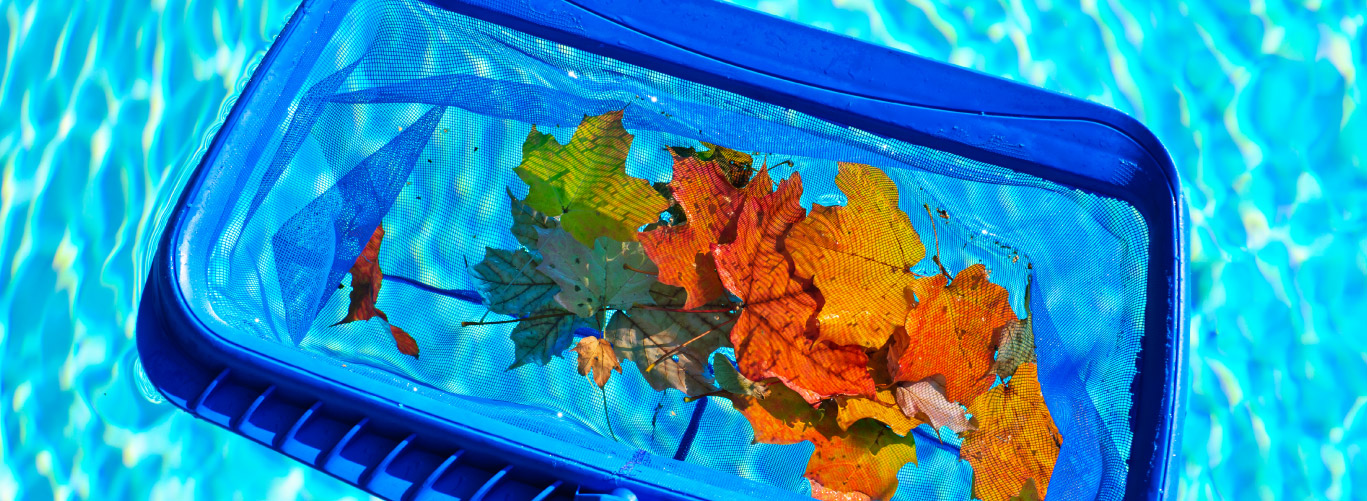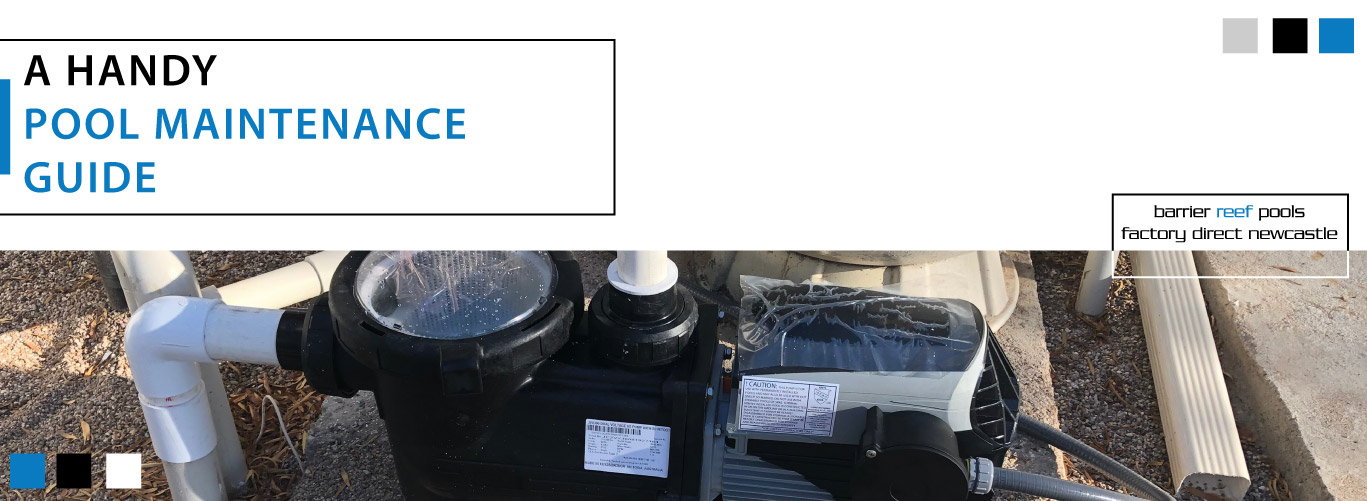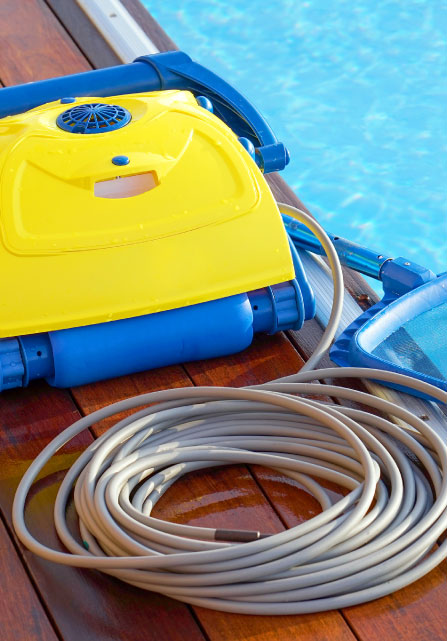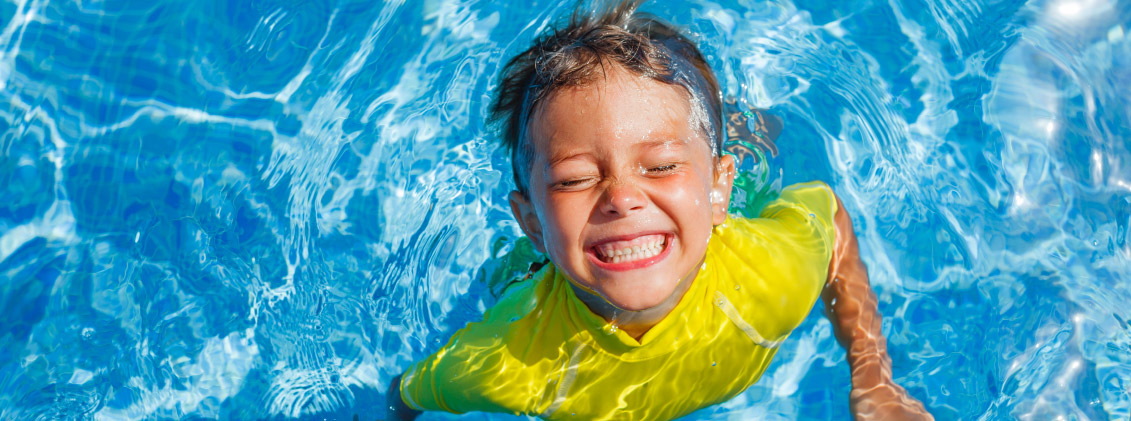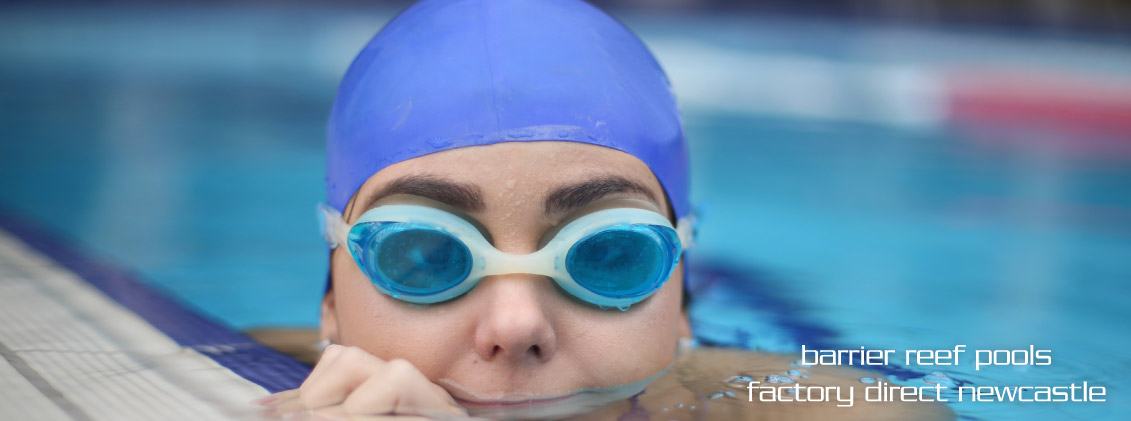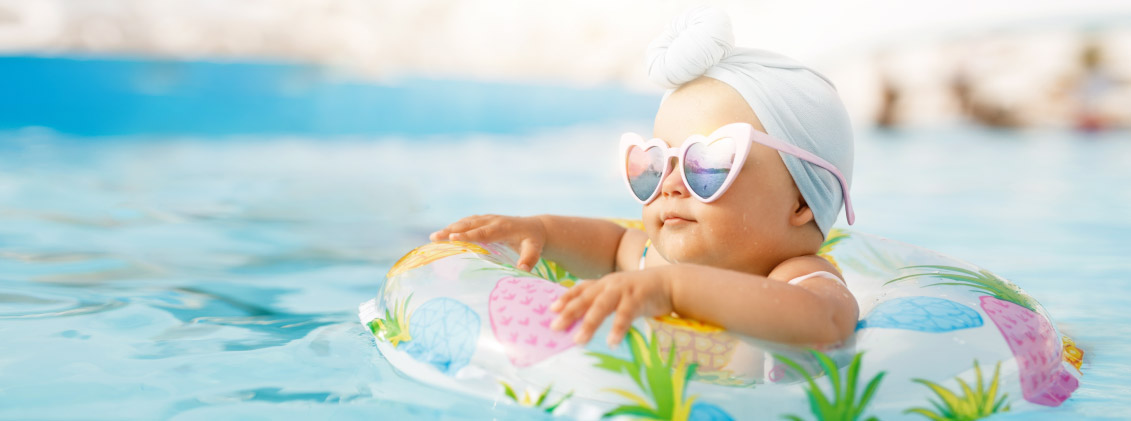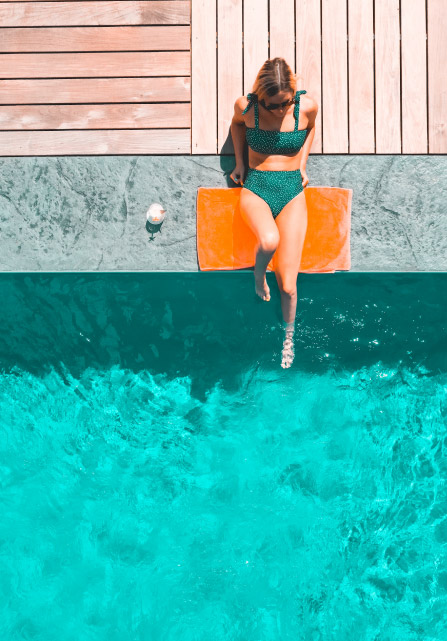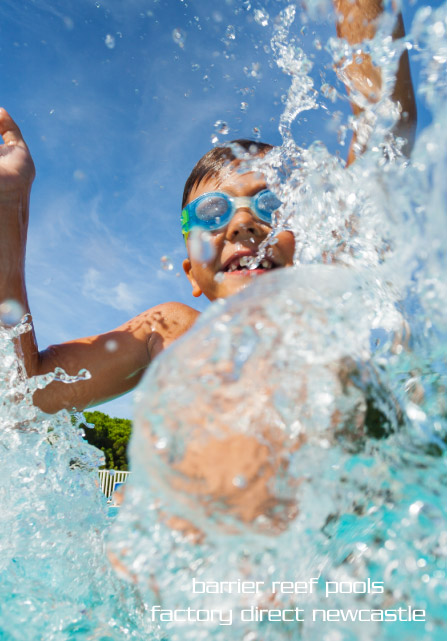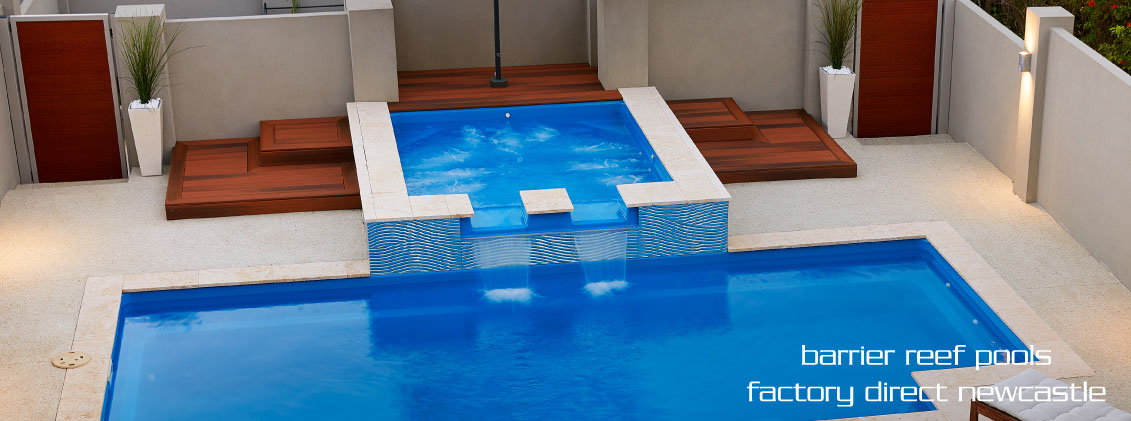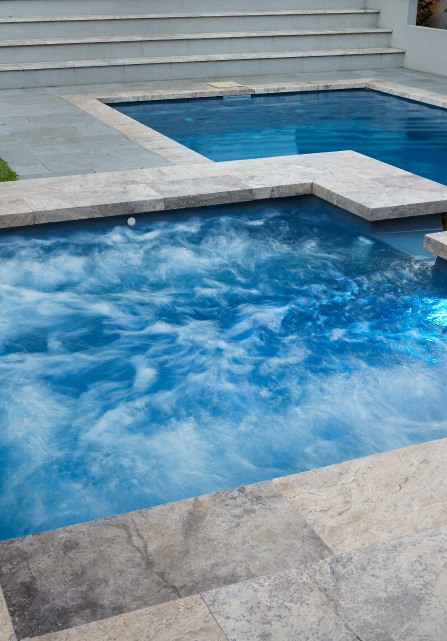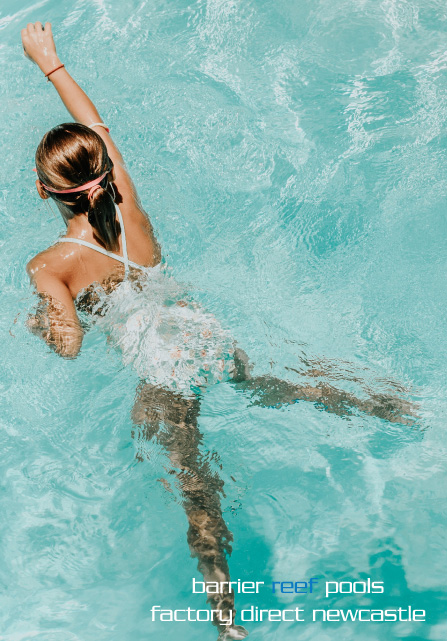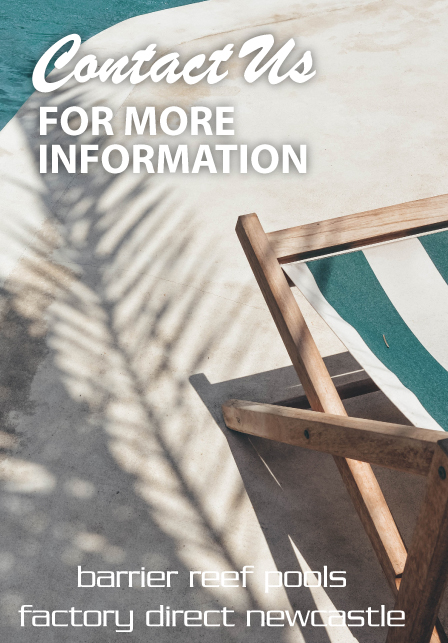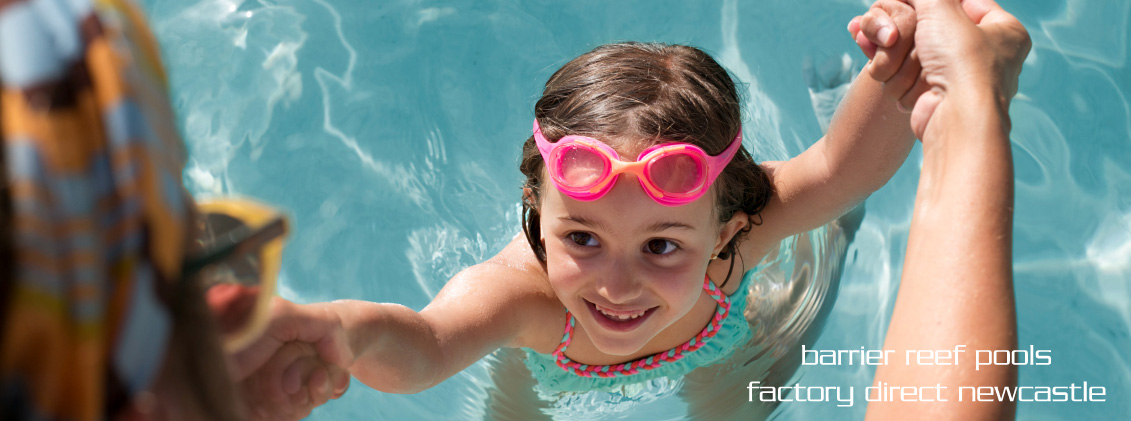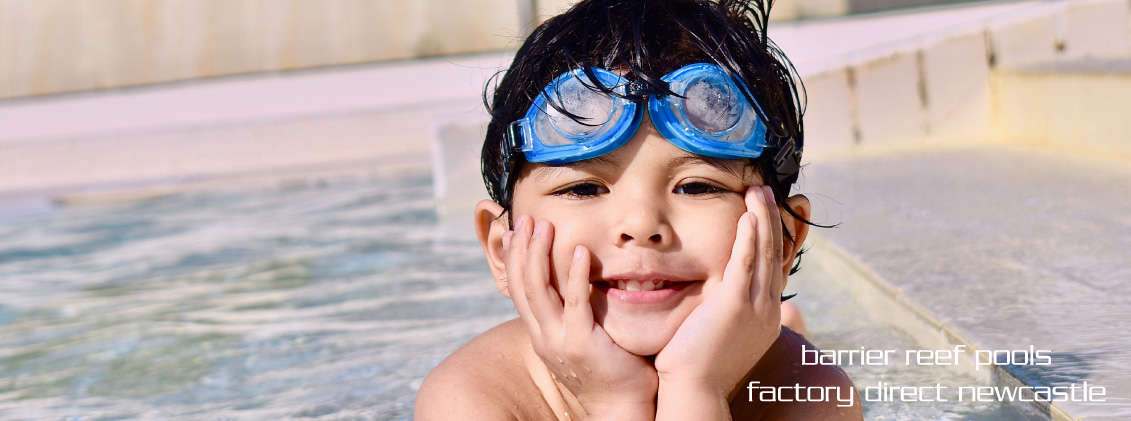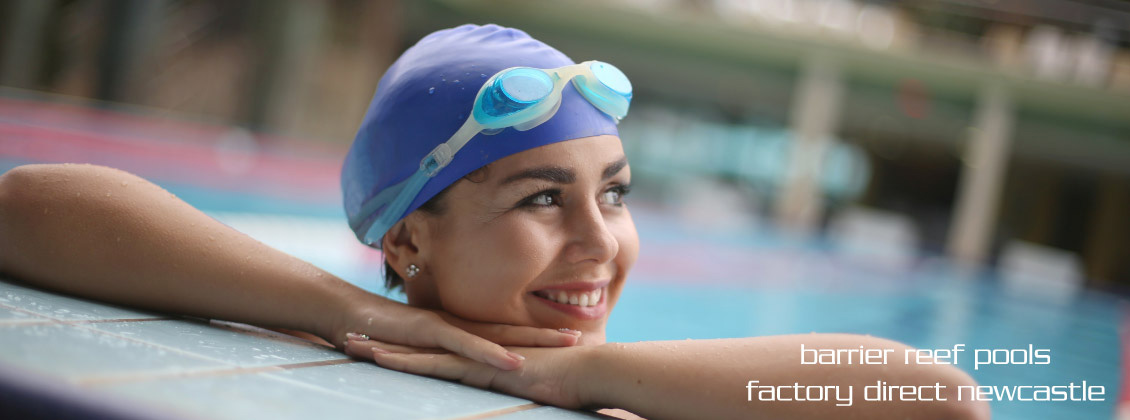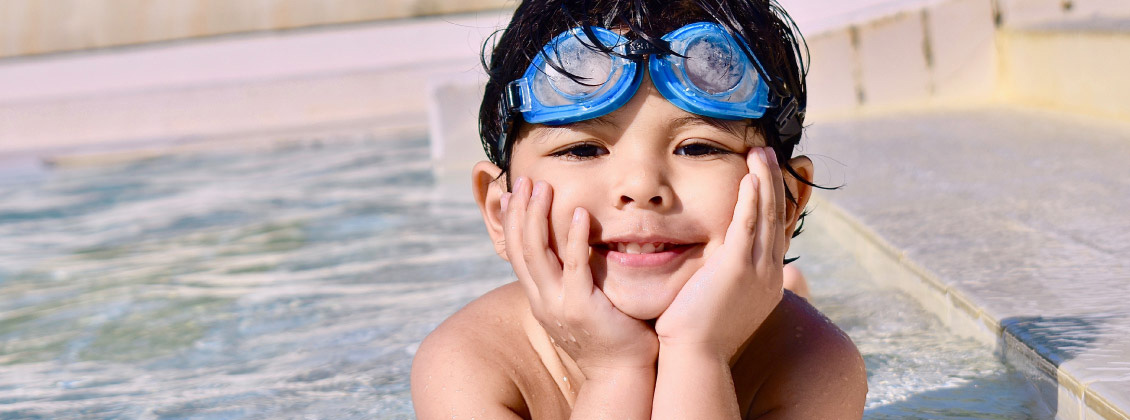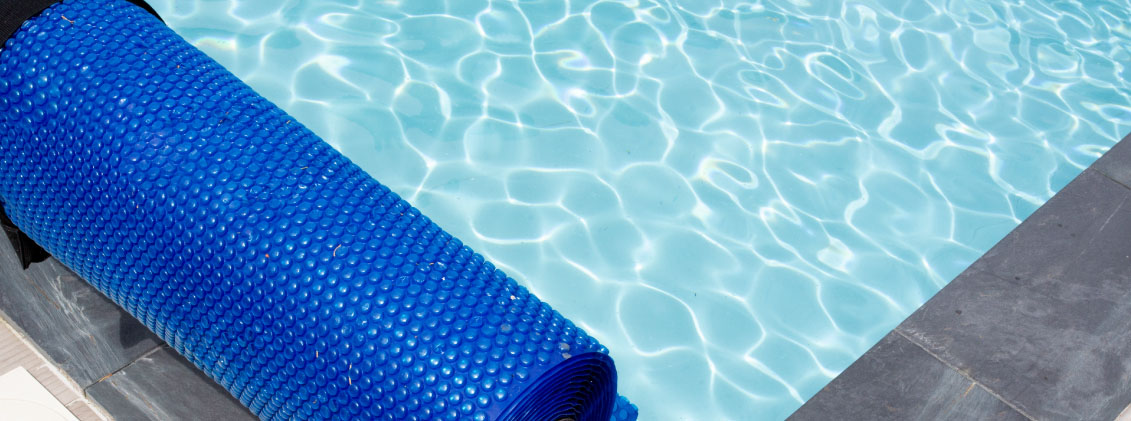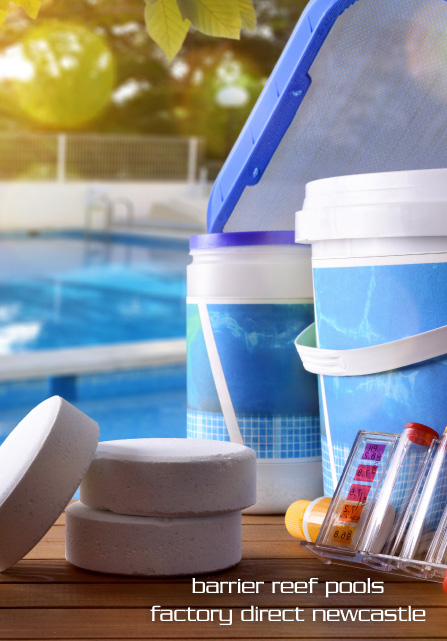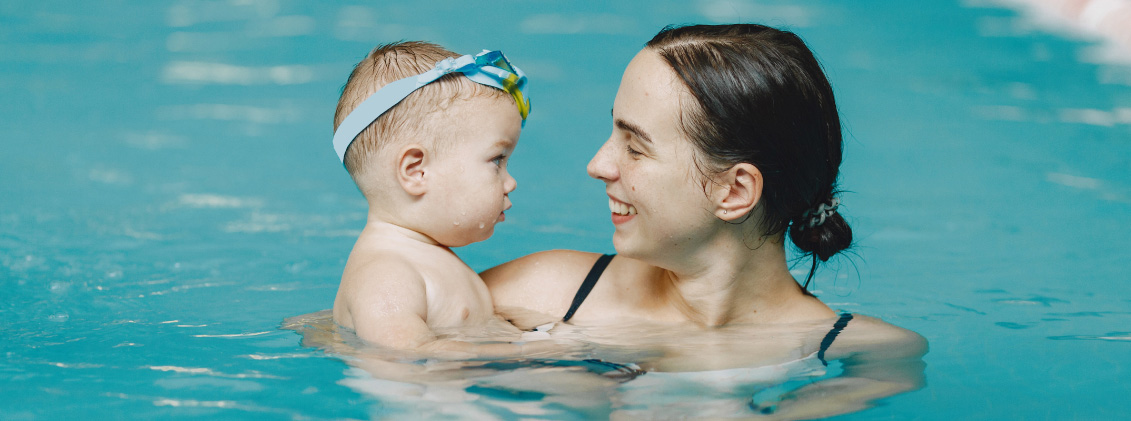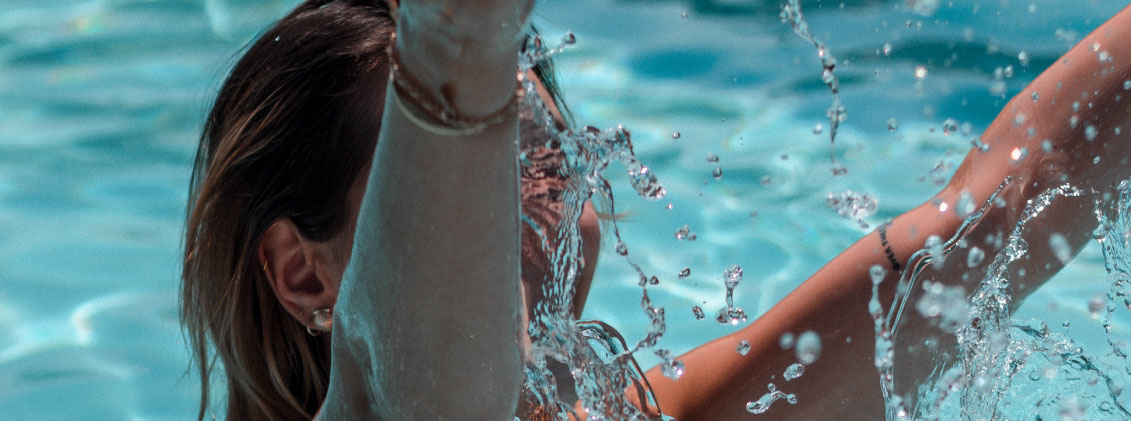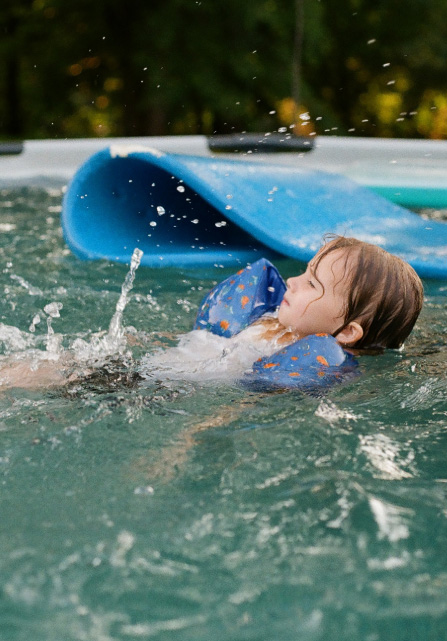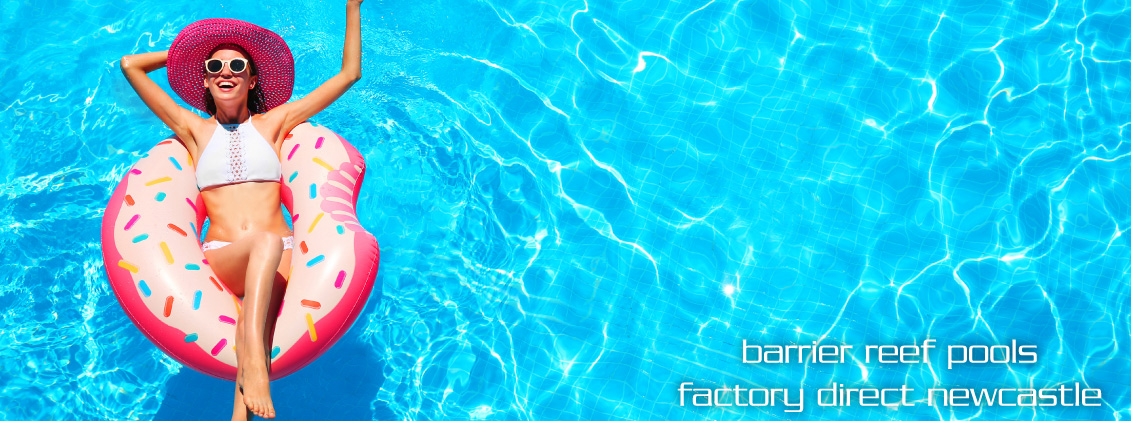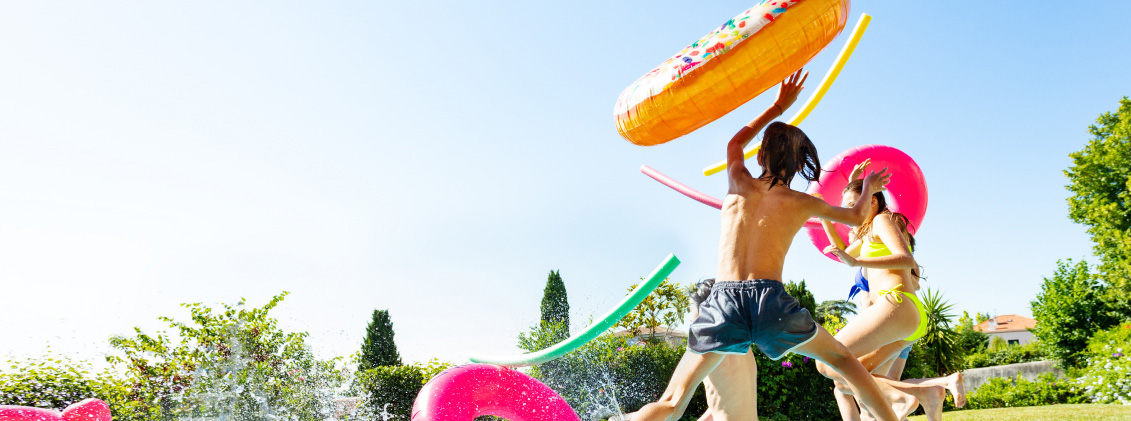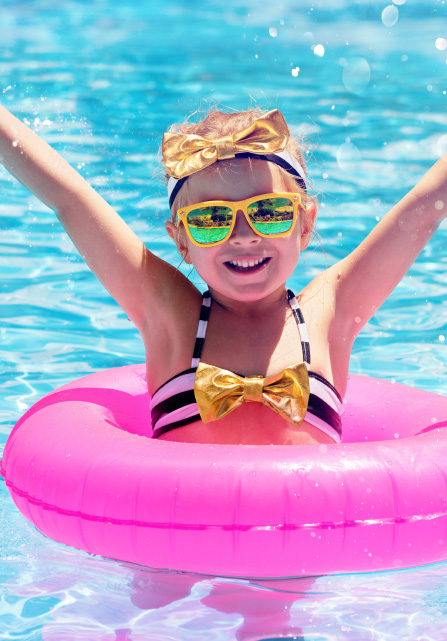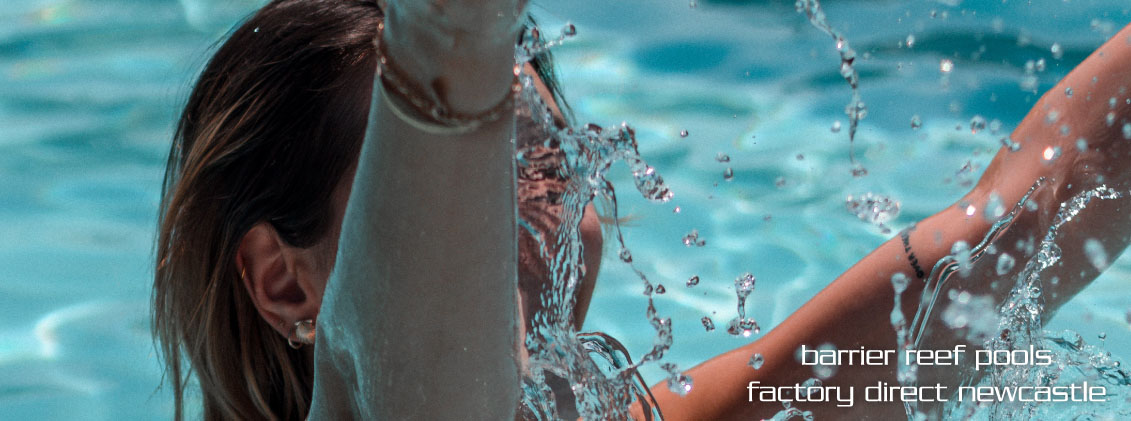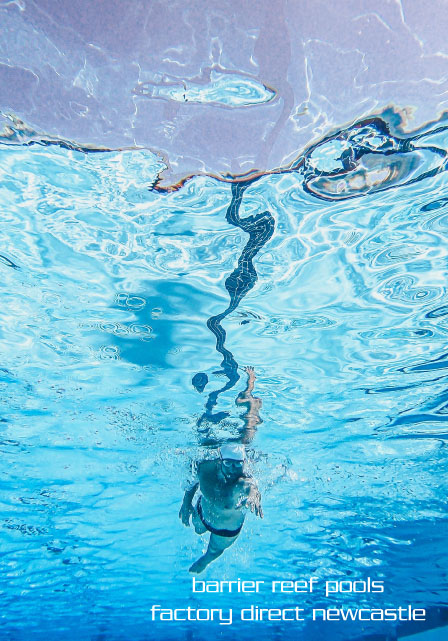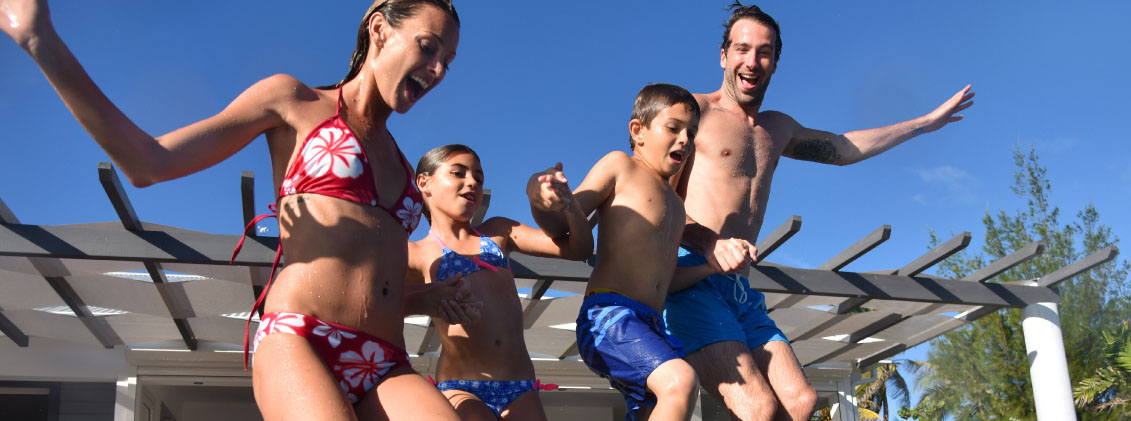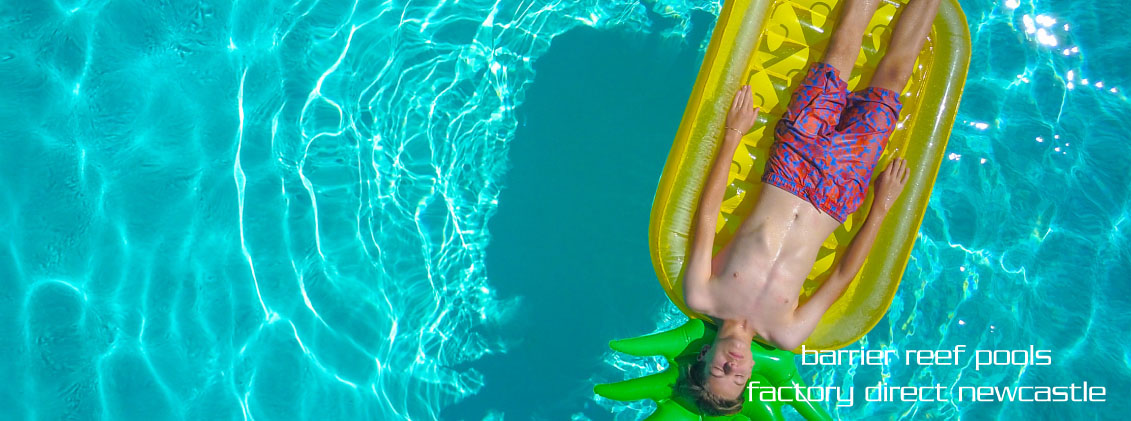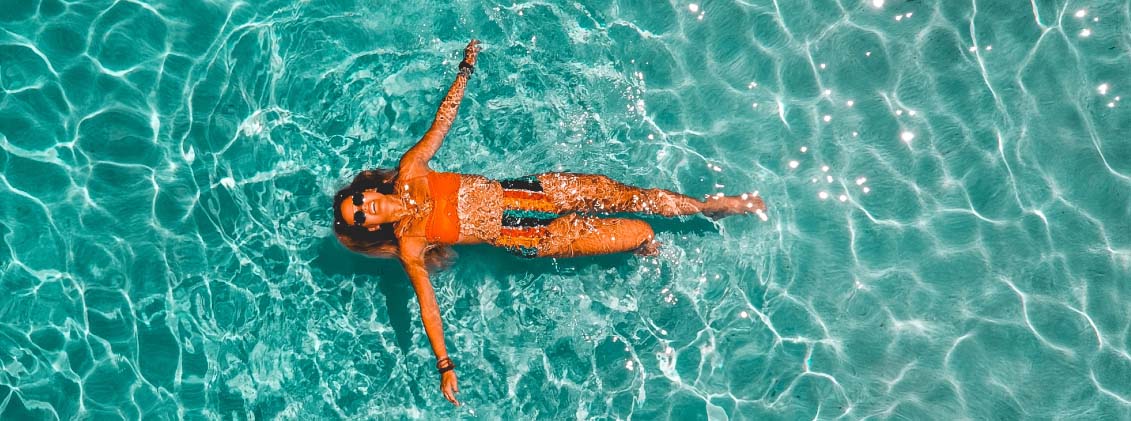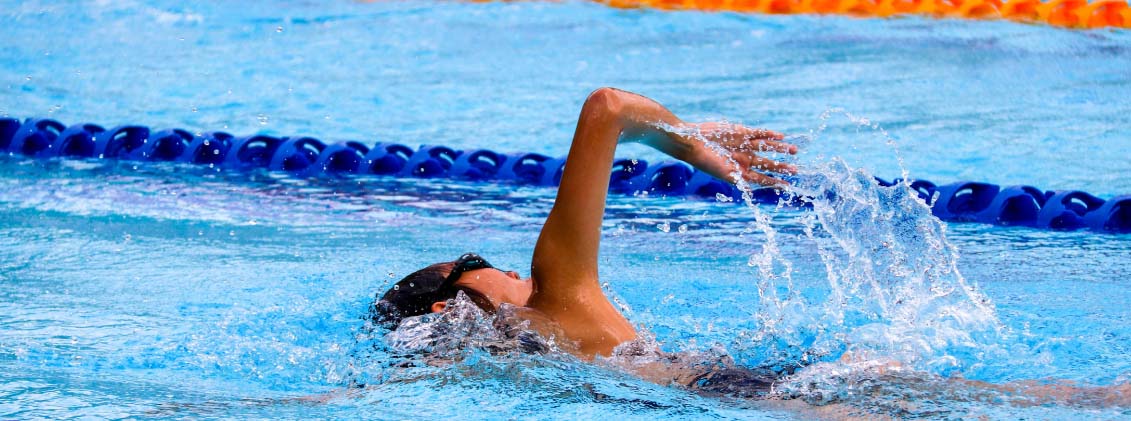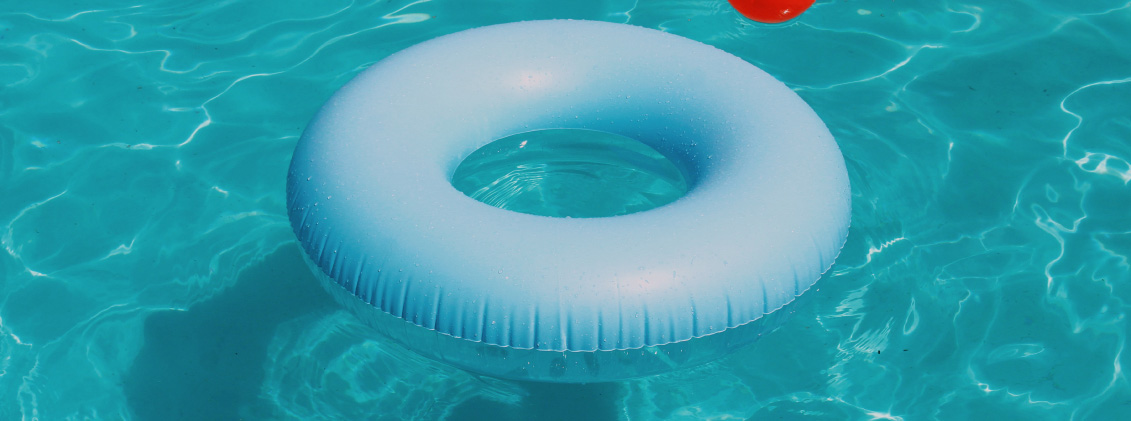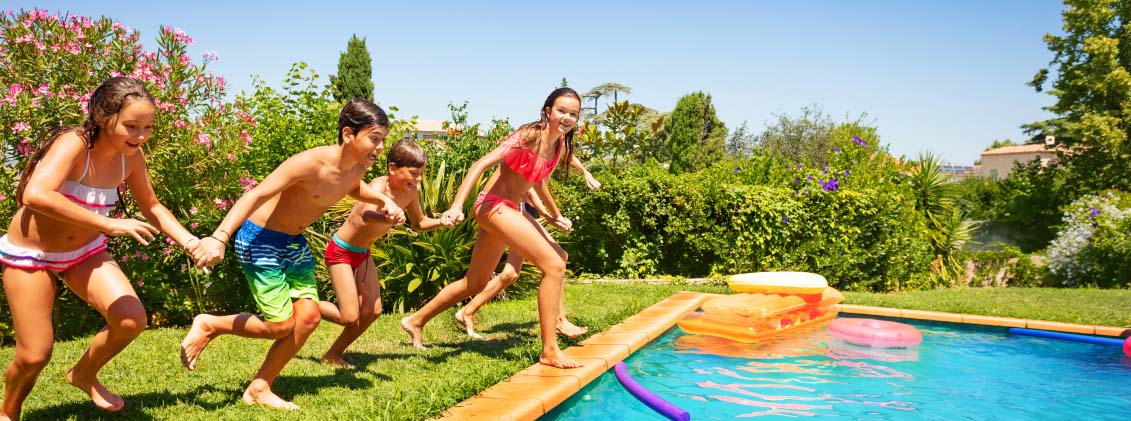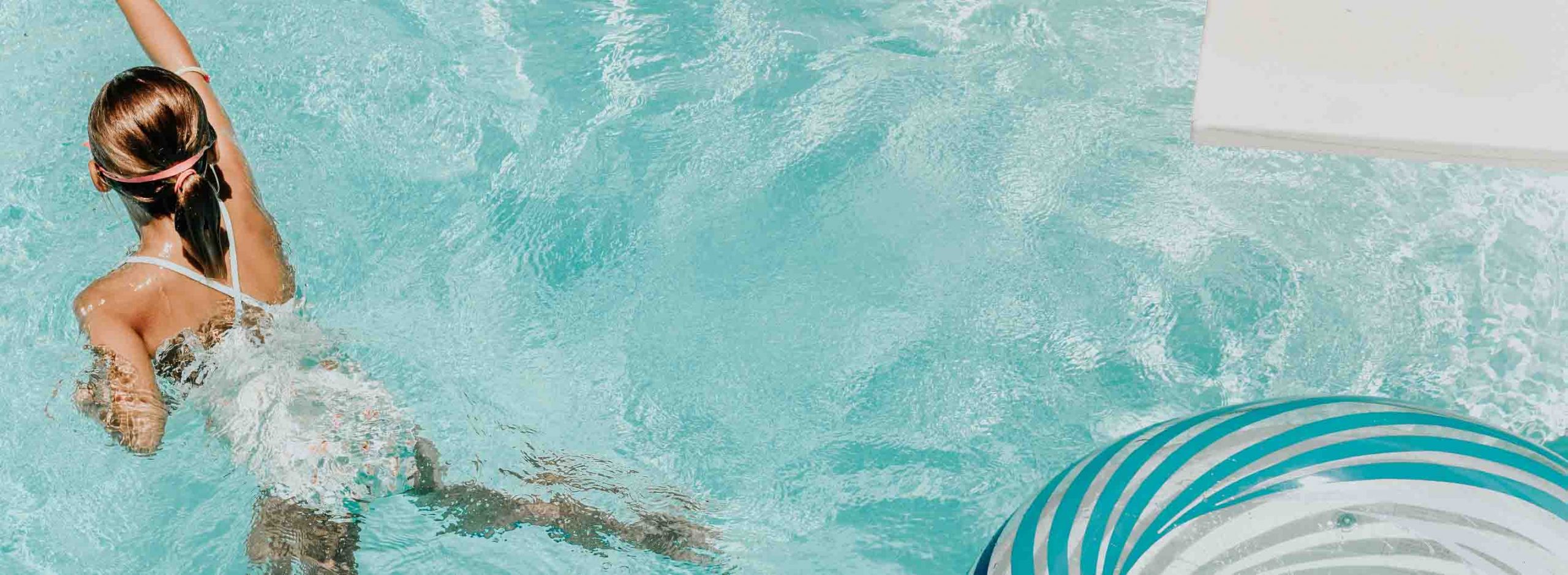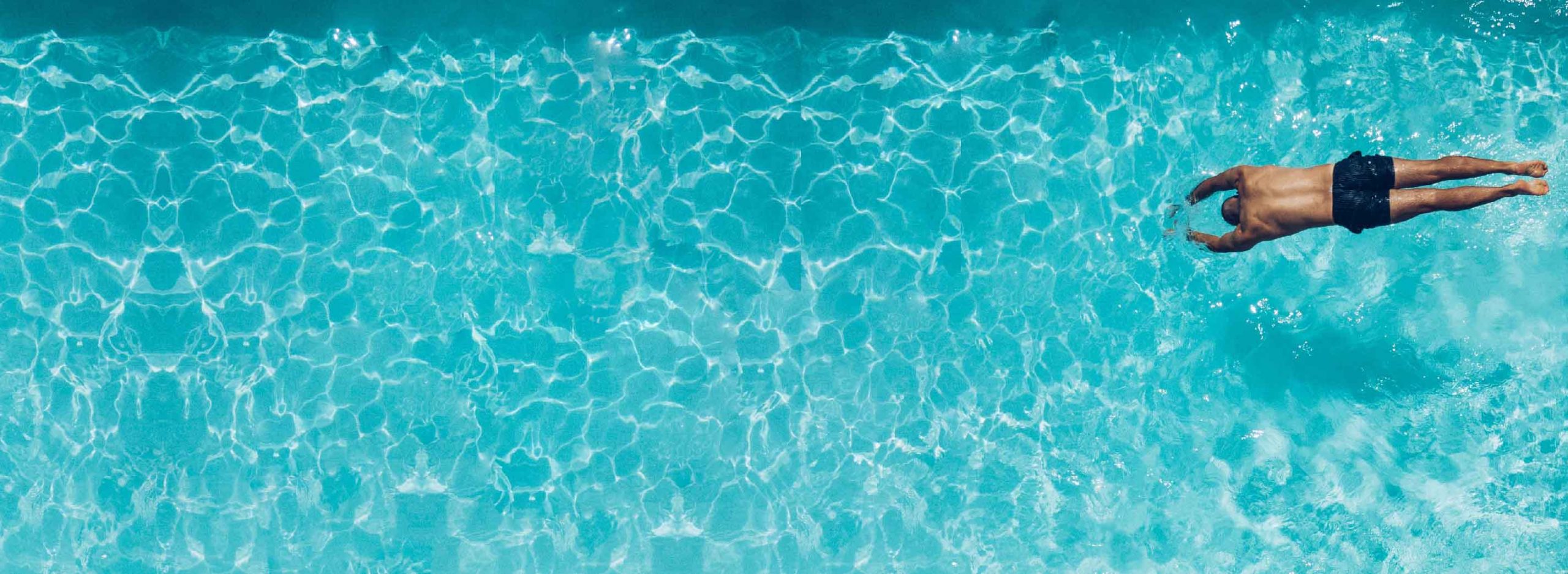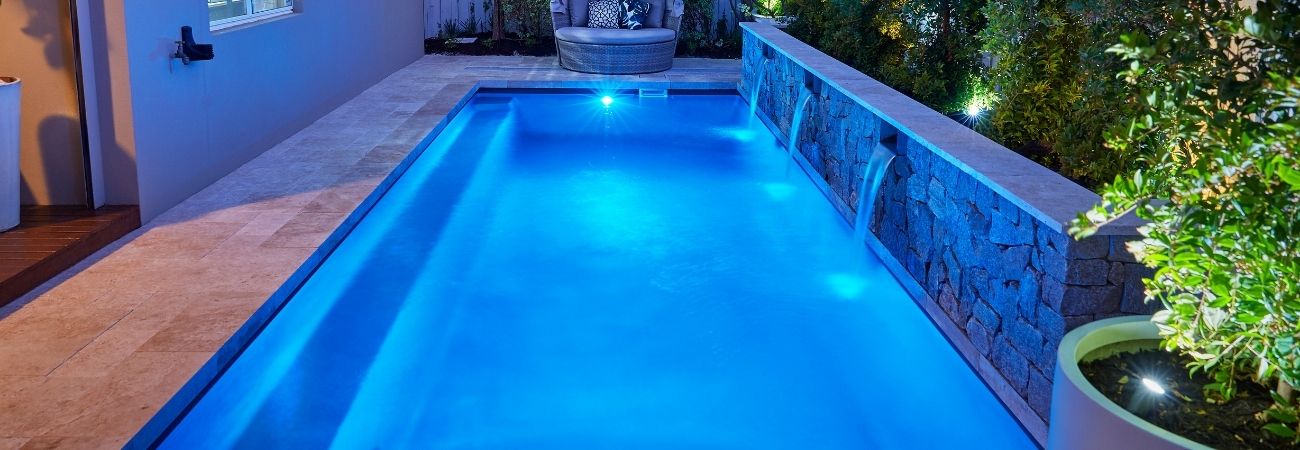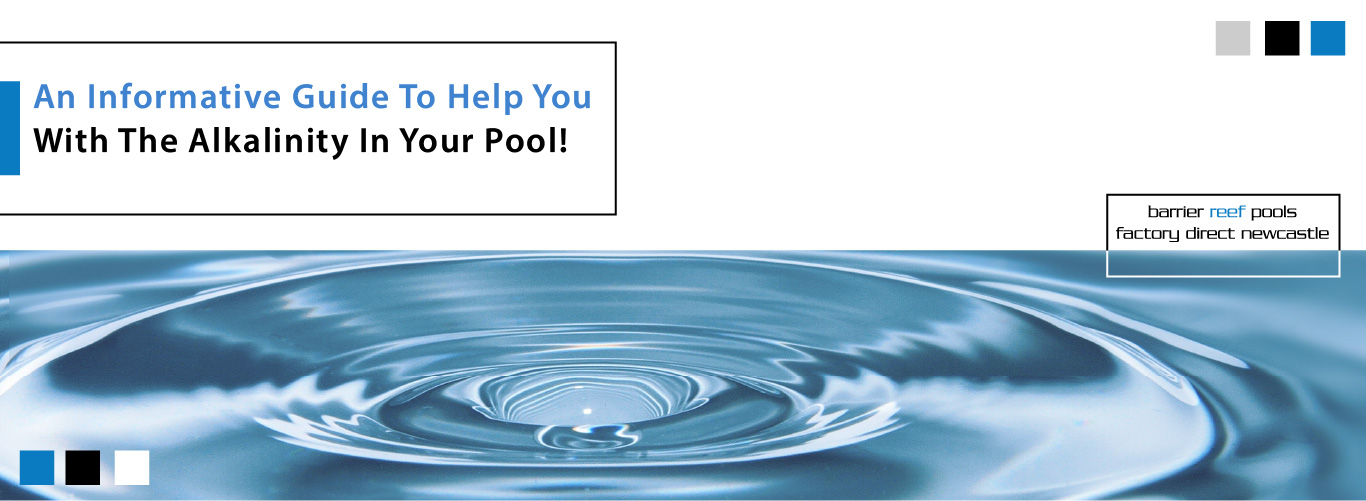The Impact Of Landscaping On Pool Health And Water Quality
Owning a pool is a joy, but maintaining its health and water quality can be a challenging task. However, with the right landscaping, you can create a beautiful, functional space that also keeps your pool in top condition. In this blog post, we will explore how thoughtful landscaping choices impact pool health and water quality, providing practical tips for pool owners to design their perfect oasis.

The Basics of Pool Landscaping
Types of Landscaping Features Around Pools
Pool landscaping is not just about planting trees and flowers; it involves a variety of elements that enhance your pool area. Decking, fencing, and lighting are integral parts of a well-landscaped pool. Plants, shrubs, and ground covers add greenery and texture, while rock gardens and water features give a natural feel. Each element serves a purpose, from providing shade to creating privacy.
Enhancing Aesthetic Appeal and Functionality
A well-landscaped pool is a feast for the eyes and a hub of activity. Thoughtful design can transform your pool area into a paradise where you can relax, entertain, and swim. By incorporating features like seating areas, pathways, and outdoor kitchens, you enhance both the beauty and functionality of your space.
The Role of Landscaping in Pool Maintenance
Landscaping around your pool is not just about looks; it plays a vital role in maintenance. Properly chosen plants can act as natural filters, absorbing excess nutrients and preventing algae growth. Smart design choices can also minimise debris in your pool, reducing your cleaning workload.

Impact on Pool Health
Cleanliness and Health of Pool Water
The health of your pool water is significantly influenced by the landscaping choices you make around your pool area. Trees and plants that shed leaves, flowers, or fruits can clog filters, create extra debris, and increase the need for regular maintenance. On the other hand, selecting low-shedding plants, such as certain types of palms or evergreen shrubs, can help keep your pool cleaner and reduce the frequency of cleaning. Moreover, the right landscaping can also act as a natural barrier, deterring pests like insects, rodents, and birds that might otherwise contaminate your pool water. Adding a layer of mulch or gravel around plants can also minimise soil erosion and dust entering the pool, further aiding in maintaining water quality.
Preventing Contamination with Drainage and Plant Selection
Proper drainage is essential for preventing pool contamination and maintaining water quality. Poor drainage can lead to rainwater runoff entering your pool, carrying with it dirt, chemicals from fertilisers, and other pollutants from your yard or nearby areas. Incorporating permeable surfaces such as gravel pathways, pavers, or porous tiles, along with well-planned drainage systems like French drains or swales, can effectively mitigate these issues. These systems help direct water away from the pool, ensuring that only clean, filtered water enters the pool environment. Additionally, choosing the right plants—those with non-invasive root systems and minimal leaf drop—can further help maintain water purity. Opt for native or drought-tolerant plants that require less maintenance and have a lower chance of introducing contaminants into your pool area. Thoughtful plant selection not only enhances the aesthetic appeal of your poolside landscape but also contributes to a healthier swimming environment.
Water Quality Considerations
Factors Influencing Water Quality
Several factors affect water quality, including pH levels, chemical balance, and temperature. Landscaping can play a significant role in these aspects. For instance, plants can help stabilise pH levels by absorbing carbon dioxide, thus maintaining a balanced environment. Additionally, the root systems of certain aquatic plants can absorb nutrients, preventing the overgrowth of algae. Rocks and gravel can act as natural filters, improving water clarity and quality by trapping sediments and pollutants. These natural elements work together to create a cleaner and more balanced water ecosystem.
Shading, Windbreaks, and Water Features
Shading your pool with trees, pergolas, or even large umbrellas can help regulate water temperature, making it more comfortable for swimming, especially during hot summer days. Proper shading also reduces the rate of evaporation, conserving water and minimising the need for frequent refills. Windbreaks, such as strategically placed hedges, fences, or walls, not only reduce evaporation rates but also keep debris, such as leaves and dust, from blowing into the water. This helps maintain cleanliness and reduces the workload on your pool’s filtration system.
Water features like fountains, waterfalls, or small streams can add aesthetic value, transforming your pool or pond into a tranquil oasis. Beyond aesthetics, these features improve circulation and oxygenation, which are crucial for maintaining healthy water quality. Enhanced circulation ensures that chemicals and heat are distributed evenly throughout the water, reducing the likelihood of stagnation. Increased oxygenation supports the growth of beneficial bacteria that break down organic matter, further contributing to a clean and healthy water environment.
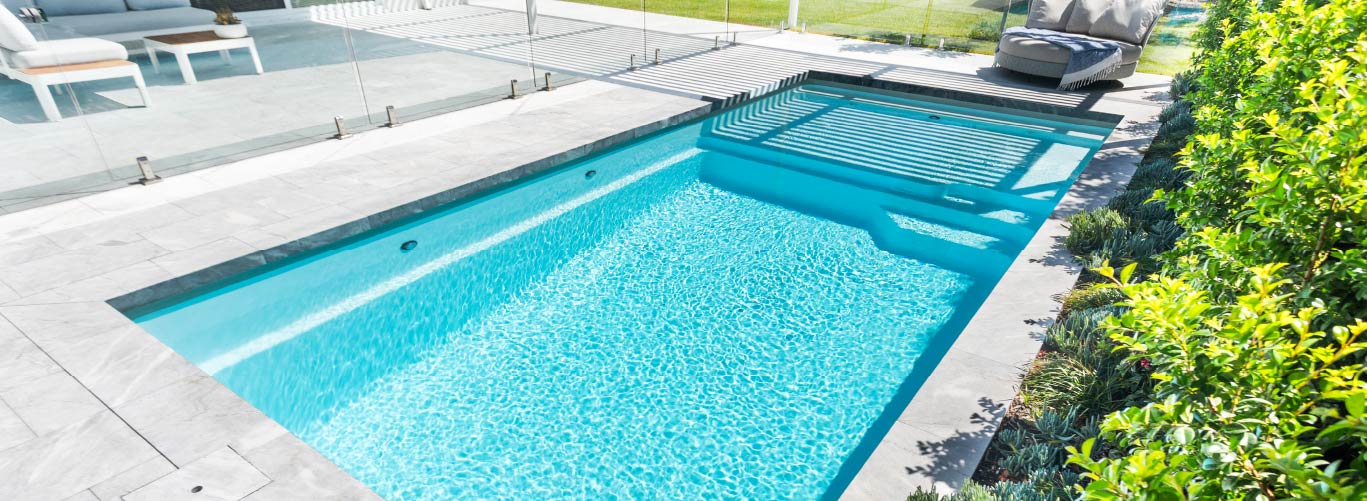
Best Practices for Pool-Friendly Landscaping
Designing a Pool-Friendly Landscape
When designing your pool landscape, consider plants that thrive in your climate and require minimal maintenance. Native plants are usually a good choice, as they are adapted to local conditions. Ensure there is enough space between plants and the pool to prevent overcrowding and root intrusion.
Sustainable Landscaping Practices
Sustainability should be at the core of your landscaping efforts. Use organic mulches and compost to enrich the soil. Opt for drought-resistant plants to conserve water. Solar-powered lights and eco-friendly decking materials are other sustainable choices that benefit both your pool and the environment.
Maintenance Tips for a Healthy Pool Environment
Regular maintenance is crucial for a healthy pool environment. Trim plants to keep them from overhanging the pool. Clean up fallen leaves and debris promptly. Check and maintain your drainage systems regularly to ensure they are functioning correctly. By following these tips, you can enjoy a beautiful, well-maintained pool area.
Landscaping plays a crucial role in maintaining the health and water quality of your pool. From selecting the right plants to designing effective drainage systems, every choice you make can have a significant impact. By incorporating sustainable practices and regular maintenance, you can create a stunning and functional pool landscape that enhances your outdoor living experience.
The Impact Of Landscaping On Pool Health And Water Quality
Owning a pool is a joy, but maintaining its health and water quality can be a challenging task. However, with the right landscaping, you can create a beautiful, functional space that also keeps your pool in top condition. In this blog post, we will explore how thoughtful landscaping choices impact pool health and water quality, providing practical tips for pool owners to design their perfect oasis.
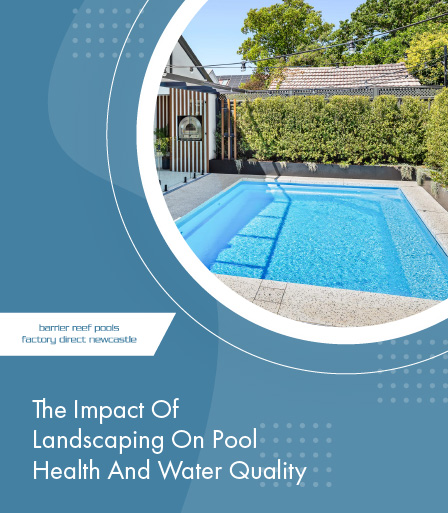
The Basics of Pool Landscaping
Types of Landscaping Features Around Pools
Pool landscaping is not just about planting trees and flowers; it involves a variety of elements that enhance your pool area. Decking, fencing, and lighting are integral parts of a well-landscaped pool. Plants, shrubs, and ground covers add greenery and texture, while rock gardens and water features give a natural feel. Each element serves a purpose, from providing shade to creating privacy.
Enhancing Aesthetic Appeal and Functionality
A well-landscaped pool is a feast for the eyes and a hub of activity. Thoughtful design can transform your pool area into a paradise where you can relax, entertain, and swim. By incorporating features like seating areas, pathways, and outdoor kitchens, you enhance both the beauty and functionality of your space.
The Role of Landscaping in Pool Maintenance
Landscaping around your pool is not just about looks; it plays a vital role in maintenance. Properly chosen plants can act as natural filters, absorbing excess nutrients and preventing algae growth. Smart design choices can also minimise debris in your pool, reducing your cleaning workload.

Impact on Pool Health
Cleanliness and Health of Pool Water
The health of your pool water is significantly influenced by the landscaping choices you make around your pool area. Trees and plants that shed leaves, flowers, or fruits can clog filters, create extra debris, and increase the need for regular maintenance. On the other hand, selecting low-shedding plants, such as certain types of palms or evergreen shrubs, can help keep your pool cleaner and reduce the frequency of cleaning. Moreover, the right landscaping can also act as a natural barrier, deterring pests like insects, rodents, and birds that might otherwise contaminate your pool water. Adding a layer of mulch or gravel around plants can also minimise soil erosion and dust entering the pool, further aiding in maintaining water quality.
Preventing Contamination with Drainage and Plant Selection
Proper drainage is essential for preventing pool contamination and maintaining water quality. Poor drainage can lead to rainwater runoff entering your pool, carrying with it dirt, chemicals from fertilisers, and other pollutants from your yard or nearby areas. Incorporating permeable surfaces such as gravel pathways, pavers, or porous tiles, along with well-planned drainage systems like French drains or swales, can effectively mitigate these issues. These systems help direct water away from the pool, ensuring that only clean, filtered water enters the pool environment. Additionally, choosing the right plants—those with non-invasive root systems and minimal leaf drop—can further help maintain water purity. Opt for native or drought-tolerant plants that require less maintenance and have a lower chance of introducing contaminants into your pool area. Thoughtful plant selection not only enhances the aesthetic appeal of your poolside landscape but also contributes to a healthier swimming environment.
Water Quality Considerations
Factors Influencing Water Quality
Several factors affect water quality, including pH levels, chemical balance, and temperature. Landscaping can play a significant role in these aspects. For instance, plants can help stabilise pH levels by absorbing carbon dioxide, thus maintaining a balanced environment. Additionally, the root systems of certain aquatic plants can absorb nutrients, preventing the overgrowth of algae. Rocks and gravel can act as natural filters, improving water clarity and quality by trapping sediments and pollutants. These natural elements work together to create a cleaner and more balanced water ecosystem.
Shading, Windbreaks, and Water Features
Shading your pool with trees, pergolas, or even large umbrellas can help regulate water temperature, making it more comfortable for swimming, especially during hot summer days. Proper shading also reduces the rate of evaporation, conserving water and minimising the need for frequent refills. Windbreaks, such as strategically placed hedges, fences, or walls, not only reduce evaporation rates but also keep debris, such as leaves and dust, from blowing into the water. This helps maintain cleanliness and reduces the workload on your pool’s filtration system.
Water features like fountains, waterfalls, or small streams can add aesthetic value, transforming your pool or pond into a tranquil oasis. Beyond aesthetics, these features improve circulation and oxygenation, which are crucial for maintaining healthy water quality. Enhanced circulation ensures that chemicals and heat are distributed evenly throughout the water, reducing the likelihood of stagnation. Increased oxygenation supports the growth of beneficial bacteria that break down organic matter, further contributing to a clean and healthy water environment.

Best Practices for Pool-Friendly Landscaping
Designing a Pool-Friendly Landscape
When designing your pool landscape, consider plants that thrive in your climate and require minimal maintenance. Native plants are usually a good choice, as they are adapted to local conditions. Ensure there is enough space between plants and the pool to prevent overcrowding and root intrusion.
Sustainable Landscaping Practices
Sustainability should be at the core of your landscaping efforts. Use organic mulches and compost to enrich the soil. Opt for drought-resistant plants to conserve water. Solar-powered lights and eco-friendly decking materials are other sustainable choices that benefit both your pool and the environment.
Maintenance Tips for a Healthy Pool Environment
Regular maintenance is crucial for a healthy pool environment. Trim plants to keep them from overhanging the pool. Clean up fallen leaves and debris promptly. Check and maintain your drainage systems regularly to ensure they are functioning correctly. By following these tips, you can enjoy a beautiful, well-maintained pool area.
Landscaping plays a crucial role in maintaining the health and water quality of your pool. From selecting the right plants to designing effective drainage systems, every choice you make can have a significant impact. By incorporating sustainable practices and regular maintenance, you can create a stunning and functional pool landscape that enhances your outdoor living experience.
















